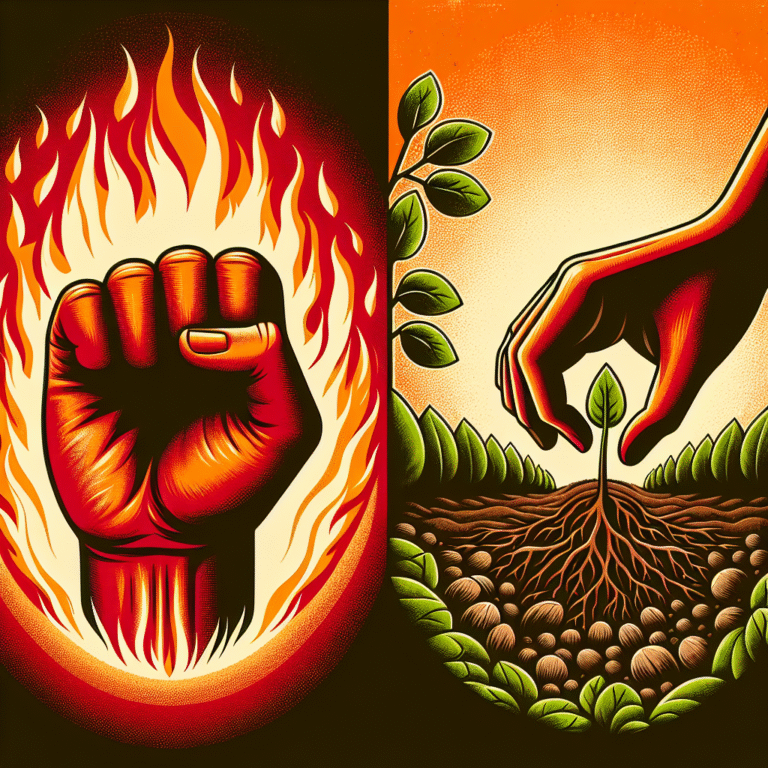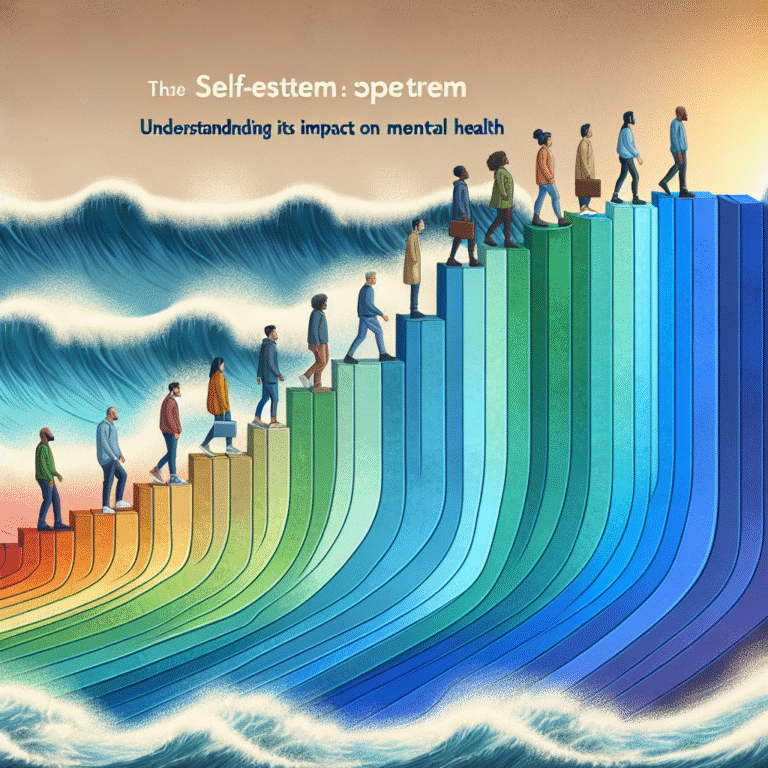
Introduction: Unveiling the Power of Perception
Have you ever walked into a room and instantly felt a connection with someone, only to find out later that your initial impression was entirely wrong? This phenomenon isn’t just a fluke—it’s deeply rooted in the science of social perception. Beyond First Impressions: The Science of Social Perception and Its Implications tackles the complexity of human interactions and how they shape our understanding of one another.
In an era where social interactions can happen in a blink of an eye, understanding the deeper layers of social perception not only helps us navigate our personal relationships but also significantly impacts our professional lives. Imagine the power you could wield by understanding the subtle nuances that drive human interactions—how to influence them, predict behaviors, and build rapport. Let’s dive deep into the fascinating world of social perception and discover how it transcends beyond initial impressions.
Understanding Social Perception
What Is Social Perception?
Social perception refers to the processes we use to form impressions of others. These impressions are based on various cues—non-verbal signals, facial expressions, tone of voice, and body language. Beyond just first impressions, it encompasses the deeper layers of understanding that emerge as we interact with others.
The Role of Non-Verbal Communication
Did you know that up to 93% of communication effectiveness is determined by non-verbal cues? Studies show that our body language, tone, and facial expressions often communicate more than our words. For instance, a firm handshake can signify confidence, while crossed arms may indicate defensiveness.
Case Study: The Stanford Prison Experiment
One of the most famous psychological studies, the Stanford Prison Experiment, highlighted how non-verbal cues could alter perceptions. In this study, college students were assigned roles as either guards or prisoners. The guards’ body language—assertive posture, uniformed presence—instantly transformed them into authority figures in the eyes of their peers. This concept underpins Beyond First Impressions: The Science of Social Perception and Its Implications as it reveals how non-verbal cues can shape identities and interactions.
First Impressions: The Initial Snap Judgment
First impressions are often formed within seconds of meeting someone. But why are they so crucial? According to research, they significantly influence how we perceive someone’s character and capabilities.
The 30-Second Rule
Psychologist Nalini Ambady demonstrated through her research that observers could accurately judge a person’s attributes (like warmth and competence) by watching brief clips of their behavior. This 30-second rule holds profound implications for social interactions, both personally and professionally.
Beyond the Surface: Layers of Understanding
While first impressions are essential, they can often be misleading. Let’s explore why it’s crucial to look beyond the surface.
The Halo Effect
The halo effect suggests that our overall impression of someone can influence how we perceive their specific traits. For instance, if we find someone attractive, we may also assume they are intelligent or kind. The implications of this bias stretch into every facet of society, from hiring decisions to social engagements.
Case Study: The Hiring Bias
In a study conducted by researchers at the University of Connecticut, employers were more likely to hire individuals perceived as attractive, regardless of their qualifications. This phenomenon underscores the significant impact of first impressions and highlights why it’s essential to move beyond first impressions when evaluating candidates.
The Importance of Context
Context can dramatically alter the way we perceive social situations and individuals. The environment—whether it’s a formal meeting or a casual gathering—plays a vital role in shaping our perceptions.
Cultural Influences
Cultural background significantly influences how we interpret non-verbal cues. For instance, maintaining eye contact may express honesty in some cultures but be seen as disrespectful in others. Understanding these variances can prevent miscommunication and enhance social interactions.
The Role of Stereotypes
Stereotypes can cloud our judgment, often leading us to make quick assumptions about individuals based on their group association rather than their unique personalities.
Case Study: Implicit Association Test (IAT)
The IAT measures the speed at which individuals can associate different attributes with various social groups. This research reveals prevalent unconscious biases that can affect perceptions of race, gender, and age. Awareness of these stereotypes can lead to more mindful interactions and decision-making.
Going Beyond First Impressions
Strategies for Enhanced Social Perception
-
Active Listening: Engage fully by not only hearing the words but also paying attention to non-verbal signals.
-
Mindfulness: Practice being present in interactions to become aware of your biases and perceptions.
-
Seek Diverse Perspectives: Engaging with individuals from various backgrounds can broaden your understanding and challenge stereotypes.
- Emotional Intelligence: Cultivate the ability to identify, understand, and manage your emotions while recognizing others’ emotions.
The Benefits of Looking Deeper
When we strive to move beyond first impressions, we unlock the potential for deeper connections and enrich our personal and professional lives. Playing the long game in social relationships often leads to more rewarding and meaningful interactions.
Practical Applications in Everyday Life
-
In the Workplace: Understanding social perception can influence team dynamics, conflict resolution, and leadership effectiveness.
- In Personal Relationships: The ability to move beyond initial judgments can improve friendships, family dynamics, and romantic partnerships.
Conclusion: The Power of Social Perception
As we navigate the complexities of human relationships, the lesson is clear: initial impressions, while powerful, often fail to capture the full essence of a person. Beyond First Impressions: The Science of Social Perception and Its Implications is a journey into understanding the rich tapestry of human behavior and interaction.
By embracing the science of social perception, we cultivate the ability to perceive others more holistically, fostering deeper connections and enhancing our social experiences. So, the next time you meet someone new, remember to look beyond the surface—there’s always more to uncover.
FAQs
1. What is social perception?
Social perception refers to the processes through which we interpret and make judgments about other people based on various cues.
2. How long does it take to form a first impression?
Research suggests that first impressions can be formed within just a few seconds of meeting someone.
3. What is the halo effect?
The halo effect is a cognitive bias where our overall impression of someone influences our judgments about their specific traits, often leading to skewed perceptions.
4. How can I improve my social perception?
Active listening, mindfulness, seeking diverse perspectives, and enhancing emotional intelligence are effective strategies for improving social perception.
5. Why is it important to move beyond first impressions?
Moving beyond first impressions allows for a more nuanced understanding of individuals, fostering deeper relationships and reducing the influence of stereotypes and biases.
By exploring the depths of social perception, we empower ourselves to create authentic connections—the true essence of meaningful interaction in today’s world.
















